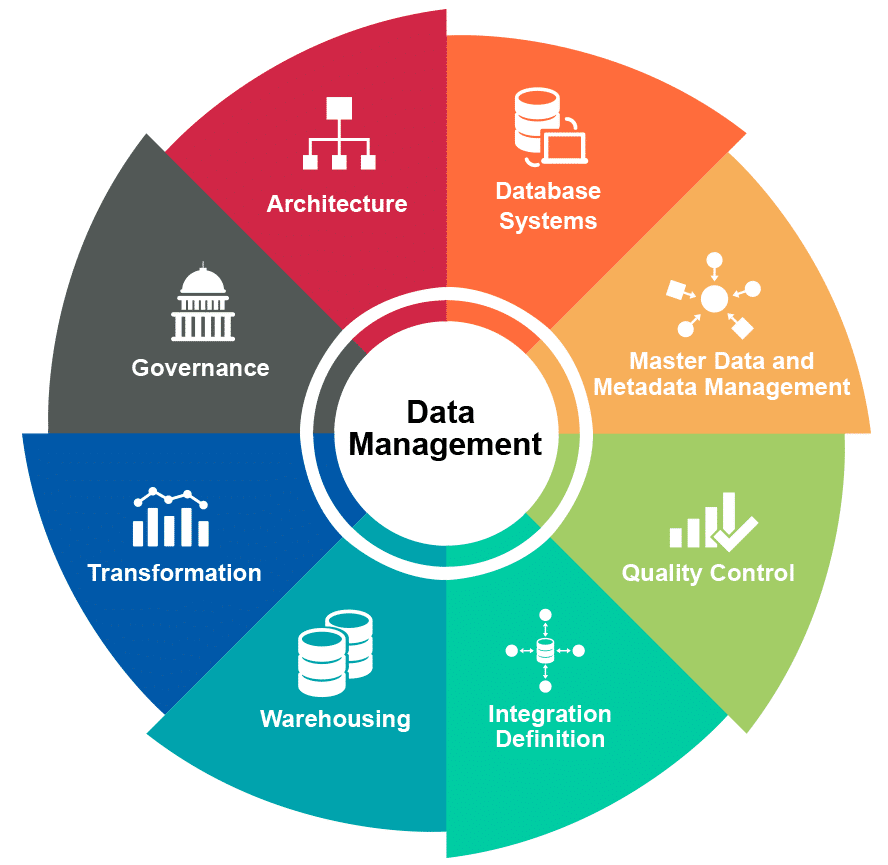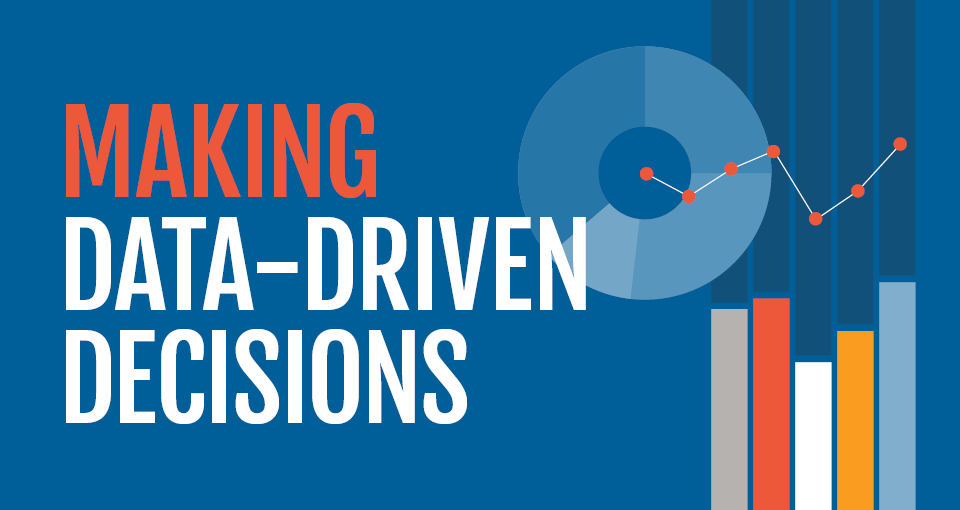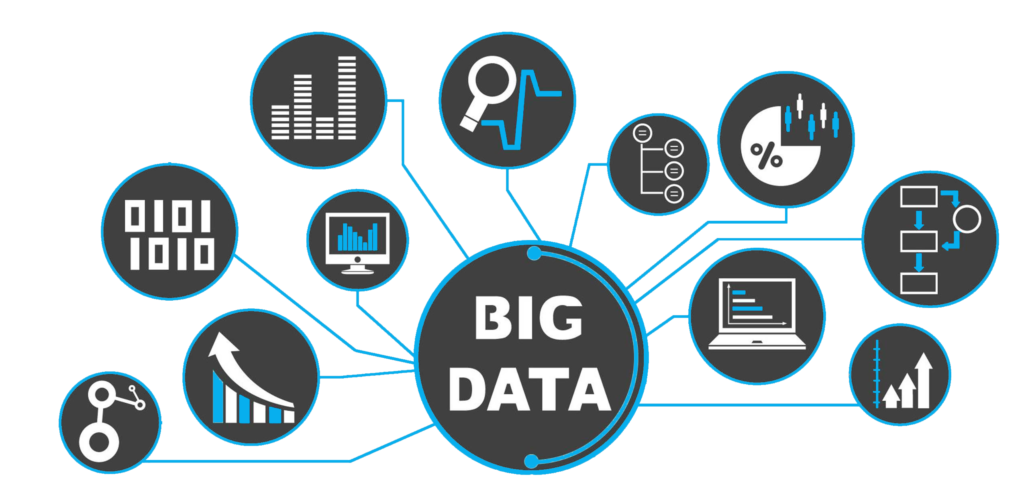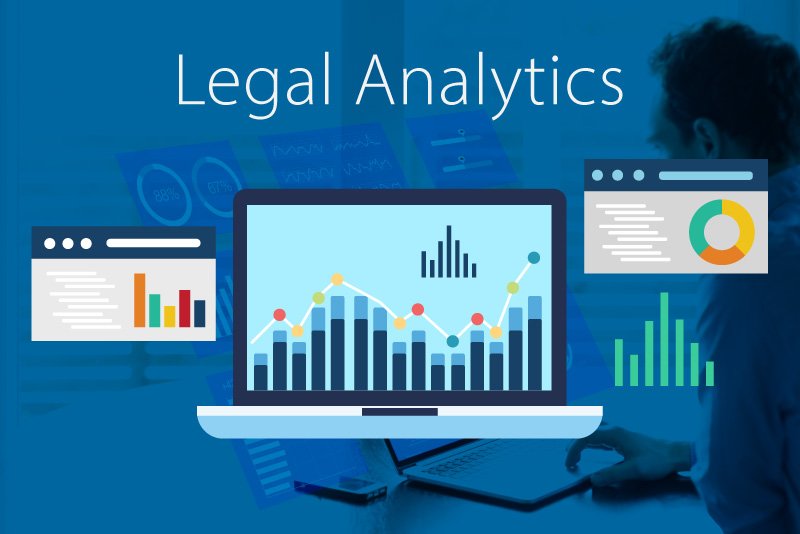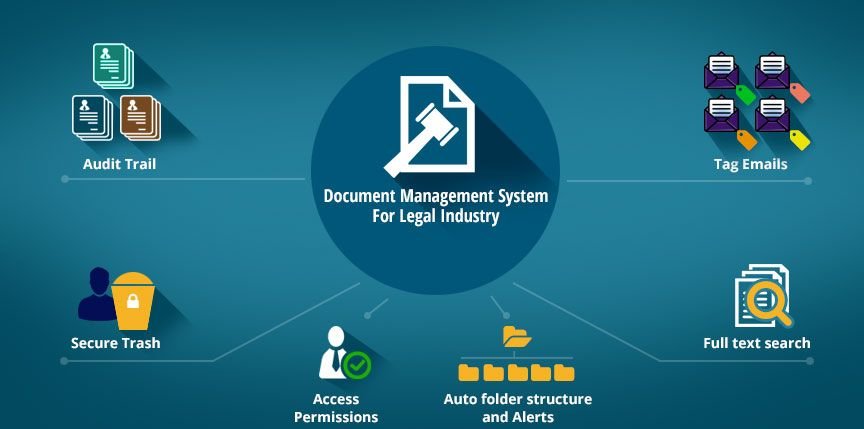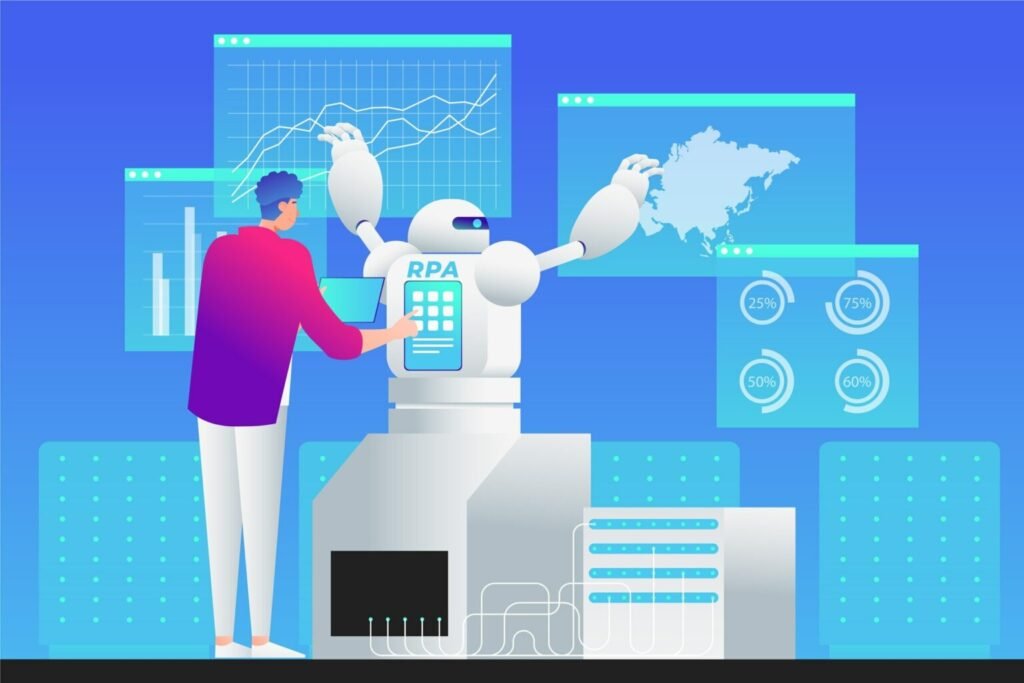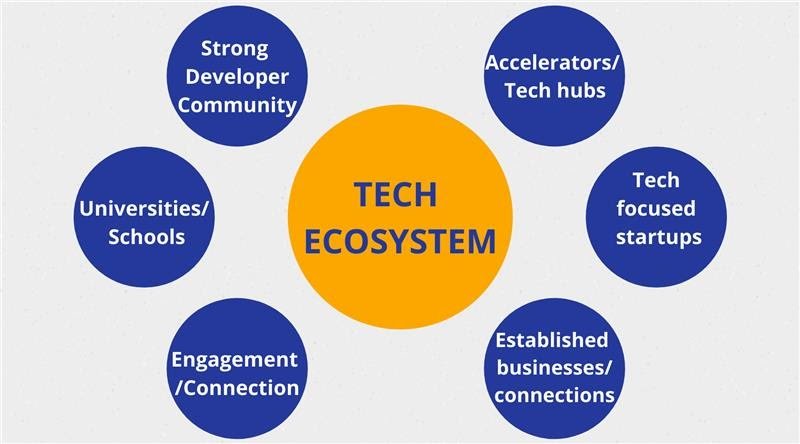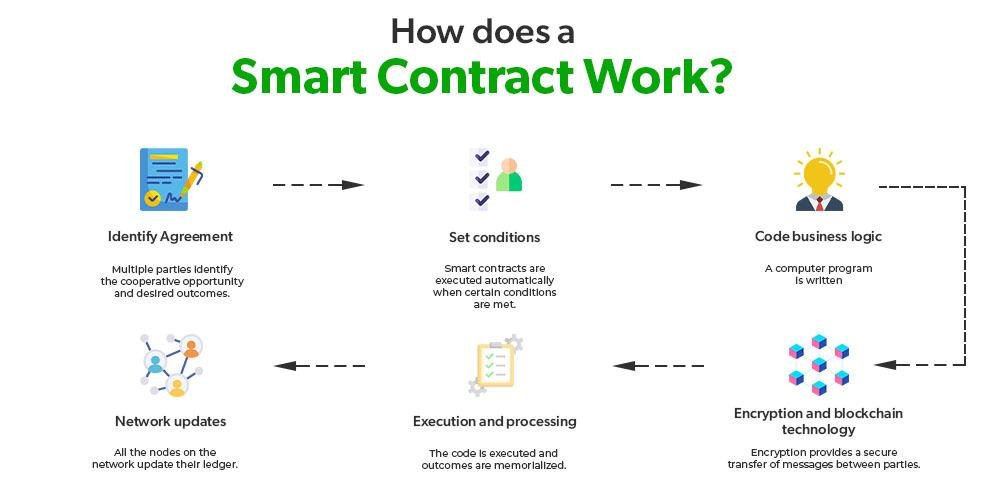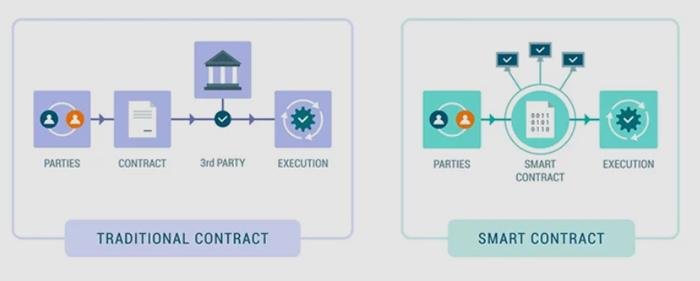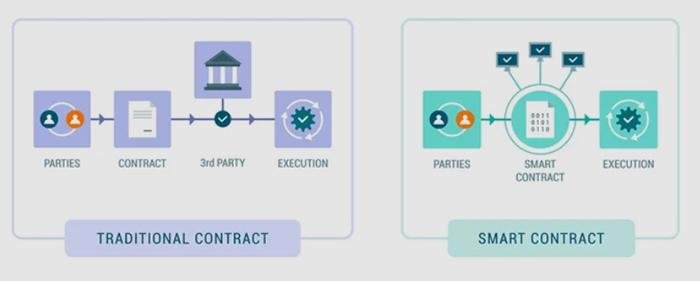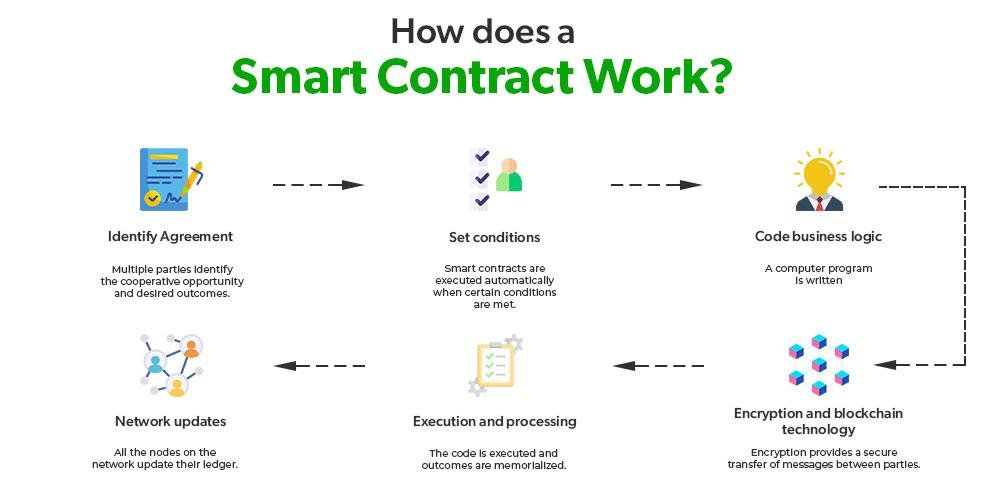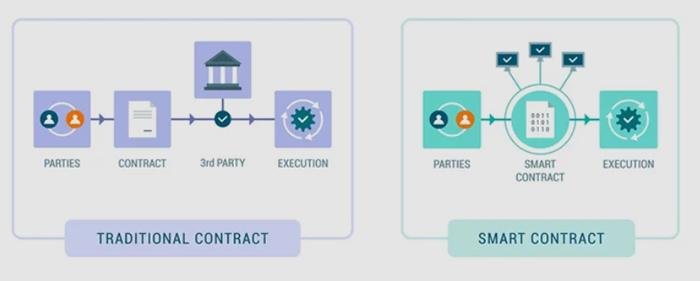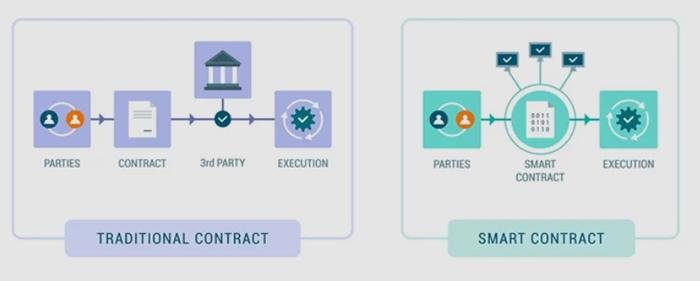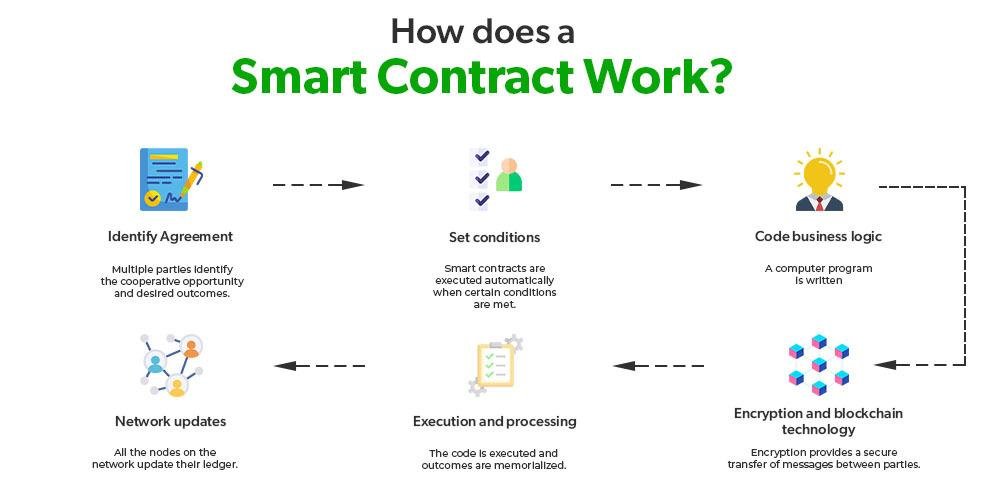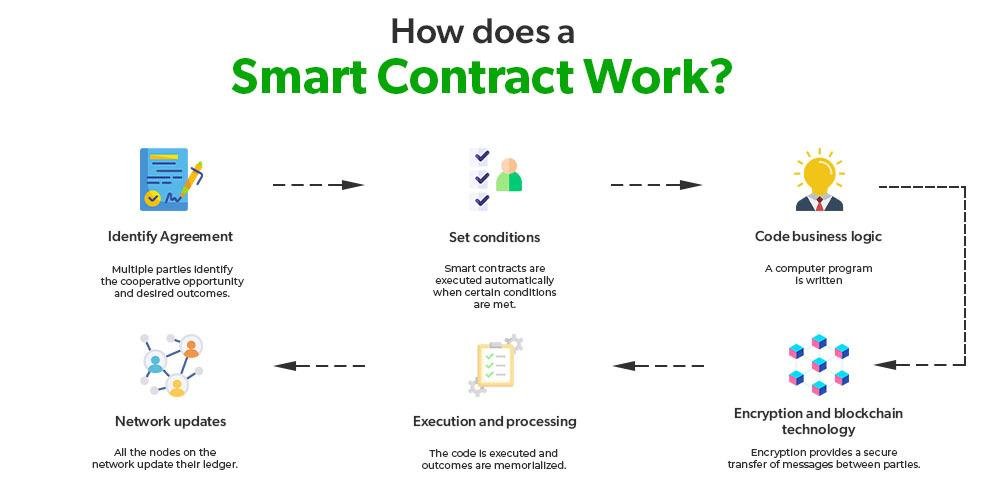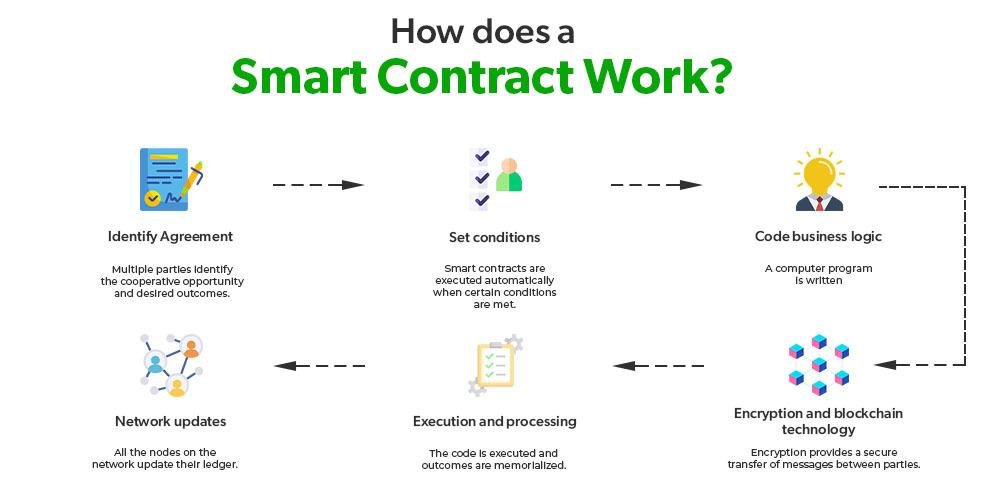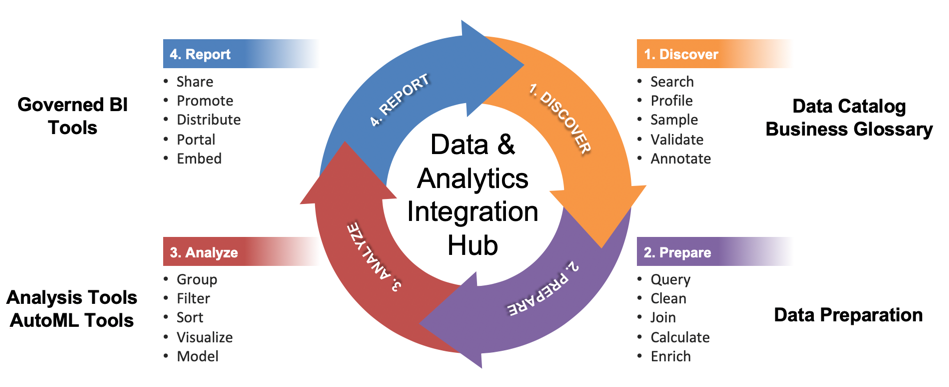Cloud Computing’s Impact on E-Discovery and Data Storage

Table of Contents
- Introduction
- Cloud Computing’s Role in Streamlining E-Discovery Processes
- Enhancing Data Storage Solutions Through Cloud Technology
- The Cost Benefits of Cloud-Based E-Discovery Tools
- Security Challenges in Cloud Storage for E-Discovery
- Compliance and Regulatory Considerations in Cloud E-Discovery
- Future Trends in Cloud Computing and E-Discovery Integration
- Conclusion
Introduction
Cloud computing has revolutionized the landscape of e-discovery and data storage, offering organizations unprecedented scalability, flexibility, and cost-efficiency. As legal and regulatory requirements for data management become increasingly complex, cloud solutions enable businesses to store vast amounts of information securely while facilitating rapid access and retrieval during e-discovery processes. The ability to leverage advanced analytics and machine learning within cloud environments enhances the efficiency of identifying relevant data, reducing the time and resources traditionally required for legal investigations. Furthermore, the cloud’s collaborative capabilities allow for seamless sharing and management of documents among legal teams, clients, and stakeholders, ultimately transforming how organizations approach data storage and e-discovery in an era defined by digital transformation.
Cloud Computing’s Role in Streamlining E-Discovery Processes
Cloud computing has transformed many industries, and its impact on e-discovery processes is especially significant. E-discovery involves identifying, collecting, and producing electronically stored information (ESI) for legal cases, a process that can be complex and resource-intensive. Here’s how cloud computing enhances e-discovery:
- Scalable Storage Solutions:
- Cloud services allow organizations to store vast amounts of data without needing extensive physical infrastructure.
- This scalability reduces costs and enables quick adaptation to fluctuating data volumes, especially during litigation.
- Easy Access to Data:
- Legal teams can access necessary information from anywhere with an internet connection, providing flexibility.
- This is particularly beneficial for organizations with remote teams or multiple locations, allowing for better collaboration and quicker decision-making.
- Improved Data Organization and Management:
- Advanced cloud platforms offer tools for data categorization, indexing, and searching.
- These features help legal teams quickly locate relevant documents, significantly reducing the time spent on manual searches.
- Integration of artificial intelligence (AI) and machine learning can automate tasks like predictive coding and data analysis, improving accuracy and efficiency.
- Enhanced Security:
- Leading cloud providers invest in robust security measures, including encryption and access controls, to protect sensitive data.
- This ensures confidentiality and helps organizations comply with legal and regulatory requirements, allowing legal teams to focus on their work without worrying about data breaches.
- Cost-Effectiveness:
- By minimizing the need for physical infrastructure and its maintenance costs, cloud computing allows organizations to allocate resources more efficiently.
- This financial flexibility enables legal teams to invest in other critical areas, such as talent acquisition and advanced e-discovery tools.
Enhancing Data Storage Solutions Through Cloud Technology
Cloud computing has transformed how organizations manage and store data, especially in e-discovery. As businesses increasingly depend on digital information, efficient, scalable, and secure data storage has become essential. Here’s how cloud technology enhances data storage solutions:
- Scalable Storage Solutions:
- Flexibility: Cloud storage allows organizations to pay only for the storage they need, making it cost-effective.
- Adaptability: Organizations can easily scale storage up or down based on changing needs, which is particularly useful during fluctuating e-discovery processes.
- Improved Accessibility:
- Anytime, Anywhere Access: Legal teams can retrieve and analyze data from anywhere with an internet connection.
- Real-Time Collaboration: Teams can work together more effectively, sharing insights instantly, which enhances efficiency and decision-making in legal cases.
- Robust Security Features:
- Advanced Protection: Cloud providers use encryption and multi-factor authentication to protect sensitive data from unauthorized access.
- Specialized Expertise: Organizations benefit from the security measures implemented by cloud providers, easing the burden of data protection during legal proceedings.
- Automated Data Management:
- Efficiency: Cloud technology can automate the categorization and indexing of data, making it easier to find relevant information quickly.
- Reduced Errors: Automation minimizes human error, ensuring that important data is not overlooked, allowing legal teams to focus on strategic analysis.
- Strategic Advantage:
- Enhanced Data Storage Capabilities: Integrating cloud technology improves overall data management and e-discovery processes.
- Competitive Edge: Leveraging cloud solutions positions organizations favorably in a data-driven landscape, making it a strategic imperative.
As organizations face the challenges of data storage and e-discovery, adopting cloud technology offers significant benefits. The scalability, accessibility, security, and automation provided by cloud solutions can lead to more efficient and effective e-discovery processes. In today’s digital world, embracing cloud technology is essential for maintaining a competitive advantage and effectively managing valuable data assets.
Read Also: Cost-Efficiency of Cloud Computing in Legal Operations
The Cost Benefits of Cloud-Based E-Discovery Tools

Cloud-based e-discovery tools have revolutionized how organizations handle data in the legal field, offering significant cost benefits. Traditionally, e-discovery processes were costly and resource-intensive, but cloud technology streamlines these operations. Here’s a breakdown of the key cost advantages:
- Reduced Infrastructure Costs:
- No Need for Physical Servers: Organizations can avoid substantial upfront investments in hardware and software.
- Scalable Storage: Cloud services allow companies to adjust storage based on their actual data needs, paying only for what they use.
- Lower Maintenance Expenses:
- Less Physical Maintenance: Without the need for physical storage, organizations save on maintenance costs and the labor associated with managing these systems.
- Increased Efficiency:
- Advanced Features: Many cloud platforms offer integrated analytics and machine learning tools that speed up data retrieval and analysis.
- Automation of Repetitive Tasks: By automating routine processes, legal teams can focus on more complex issues, leading to faster case resolutions and lower billable hours.
- Enhanced Collaboration:
- Real-Time Access: Multiple users can access and work on the same data set simultaneously, improving communication among legal teams.
- Current Information: Everyone has access to the most up-to-date data, reducing errors that can occur from using outdated information.
- Security and Compliance:
- Robust Security Measures: Reputable cloud providers implement strong security protocols, such as encryption and regular audits, to protect sensitive data.
- Regulatory Compliance: Many cloud solutions help organizations comply with industry regulations, reducing the risk of costly legal issues.
- Faster Response Times:
- Quick Access to Information: The ability to access data quickly means organizations can respond to legal inquiries more efficiently, minimizing potential costs related to delays.
Security Challenges in Cloud Storage for E-Discovery
As more organizations shift to cloud computing for data storage, the implications for e-discovery processes become increasingly important, especially regarding security challenges. While cloud solutions offer benefits like scalability and cost-effectiveness, they also introduce specific security concerns that can complicate data management in legal contexts. Here’s a breakdown of the key challenges:
- Unauthorized Access to Sensitive Data:
- Shared Servers: Cloud data is often stored on shared servers, increasing the risk of unauthorized access.
- Cybersecurity Threats: Cybercriminals may exploit vulnerabilities, putting sensitive information (e.g., personal identifiable information or proprietary data) at risk.
- Mitigation: Organizations should implement strong access controls and encryption to protect data, ensuring that only authorized personnel can access it.
- Data Governance and Compliance Issues:
- Regulatory Complexity: Different jurisdictions have varying laws regarding data protection (e.g., GDPR in Europe).
- Compliance Risks: Non-compliance can lead to significant penalties.
- Collaboration Needed: Organizations must work closely with cloud providers to ensure data management practices align with legal obligations.
- Risk of Data Loss:
- Accidental Deletion or Failures: While cloud providers typically have redundancy measures, data loss can still occur due to human error, hardware failures, or disasters.
- Recovery Plans: Organizations should have contingency plans in place, such as maintaining local backups or using third-party recovery services.
- E-Discovery Implications: Missing or incomplete data can complicate legal investigations.
- Challenges in Data Preservation:
- Fluidity of Cloud Storage: Data can be modified, deleted, or moved, which complicates the preservation of information in its original state.
- Establishing Protocols: Organizations need clear protocols for data preservation to comply with legal standards.
- Collaboration Required: This often necessitates cooperation between IT and legal teams to create a comprehensive strategy.
- Risks of Third-Party Providers:
- Provider Vetting: Organizations must carefully assess cloud service providers for their security measures and compliance with industry standards.
- Incident Response Protocols: Understanding how providers respond to security breaches is crucial.
- Potential Consequences: A lapse in security from a provider can severely impact the organization’s data integrity and legal standing.
Compliance and Regulatory Considerations in Cloud E-Discovery
As organizations increasingly adopt cloud computing for data storage and management, it’s crucial to understand the compliance and regulatory challenges that come with it, especially in the context of e-discovery. This transition involves navigating various regulations that govern how data is handled, which can vary significantly by jurisdiction. Here’s a breakdown of the key considerations:
- Understanding Relevant Regulations:
- Key Regulations: Organizations must comply with regulations like the General Data Protection Regulation (GDPR) in Europe and the Health Insurance Portability and Accountability Act (HIPAA) in the U.S.
- Strict Requirements: These laws set stringent rules for data collection, storage, and processing. Non-compliance can lead to severe penalties.
- Provider Compliance: It’s essential to ensure that cloud service providers comply with these regulations. Organizations should review the provider’s compliance certifications and data handling practices.
- Data Location Challenges:
- Multiple Jurisdictions: Data stored in the cloud can be spread across various locations, complicating compliance.
- Legal Implications: Organizations need to understand which laws apply to data stored in different countries. Ignoring local regulations can lead to violations.
- Data Mapping: Developing comprehensive data mapping strategies helps identify where data is stored and clarifies the legal implications for accessing that data during e-discovery.
- Contractual Obligations:
- Service Level Agreements (SLAs): These agreements outline the responsibilities of the cloud provider regarding data security, availability, and compliance.
- Negotiating SLAs: Organizations should ensure that SLAs include provisions for e-discovery needs, such as timelines for data retrieval and formats for data access.
- Mitigating Risks: Clear contractual obligations can help minimize risks related to non-compliance during legal proceedings.
- Keeping Up with Evolving Regulations:
- Continuous Updates: The rapid evolution of technology requires that compliance frameworks be regularly updated.
- Staying Informed: Organizations should stay abreast of emerging regulations and best practices in cloud e-discovery to ensure robust processes.
- Enhancing Data Governance: A proactive approach not only aids compliance but also strengthens overall data governance strategies.
- Navigating Compliance Complexities:
- Complex Intersections: The intersection of e-discovery and compliance is becoming more complex as organizations embrace cloud technology.
- Effective Navigation: Understanding the regulatory landscape, carefully selecting cloud providers, and establishing clear contractual obligations are essential for navigating these challenges.
- Promoting Accountability: A structured approach to compliance fosters accountability and transparency in data management.
Future Trends in Cloud Computing and E-Discovery Integration
As organizations increasingly adopt cloud computing, its integration with e-discovery processes is set to evolve significantly. This future is characterized by enhanced efficiency, scalability, and security, making data management more accessible and effective for legal professionals. Here’s a look at the key trends shaping this integration:
- Automation and AI Integration:
- AI and Machine Learning: The use of artificial intelligence (AI) and machine learning in cloud-based e-discovery tools is on the rise.
- Enhanced Speed and Accuracy: These technologies enable legal teams to process vast amounts of data quickly and accurately.
- Reduced Time and Costs: Automation of routine tasks like data collection and review allows legal professionals to focus on strategic case aspects, improving outcomes.
- Scalability of Cloud Solutions:
- On-Demand Storage: Cloud providers offer flexible storage options that can adapt to fluctuating data needs.
- Managing Large Volumes: This scalability is crucial for efficiently handling the increasing amounts of data generated by organizations during e-discovery.
- Improved Compliance Response: Organizations can respond more swiftly to legal requests and regulatory inquiries.
- Enhanced Security Measures:
- Advanced Security Features: Cloud providers are investing in robust security measures such as encryption, multi-factor authentication, and strict access controls.
- Protecting Sensitive Information: As data breaches become more sophisticated, organizations prioritize securing their data in cloud environments.
- Growing Demand for Security: The emphasis on data protection will drive ongoing innovation in cloud security solutions.
- Adoption of Hybrid Cloud Solutions:
- Public and Private Clouds: Many organizations are opting for hybrid models, combining public and private clouds.
- Tailored Data Storage: This approach allows sensitive data to be stored securely in private clouds while utilizing public clouds for less sensitive information.
- Meeting Regulatory Requirements: Organizations can customize their e-discovery strategies to align with specific regulatory and risk management needs.
- Evolving Compliance and Regulatory Standards:
- Staying Updated: Legal professionals must keep informed about changes in data privacy laws and industry regulations that affect data storage and access.
- Cloud Provider Responsiveness: Providers will likely enhance their offerings to ensure compliance, contributing to a more secure e-discovery process.
The future of integrating cloud computing with e-discovery is promising, marked by trends in automation, scalability, security, and compliance. As organizations continue to embrace cloud technologies, they will be better equipped to manage the complexities of e-discovery in a data-driven world. This evolution not only improves the efficiency of legal processes but also empowers organizations to navigate data management challenges with greater confidence and agility.
Conclusion
Cloud computing has significantly transformed e-discovery and data storage by enhancing scalability, accessibility, and cost-effectiveness. It allows organizations to store vast amounts of data securely and retrieve it efficiently during legal proceedings. The ability to leverage advanced analytics and machine learning in the cloud further streamlines the e-discovery process, enabling quicker identification and review of relevant information. However, challenges such as data privacy, compliance, and security must be addressed. Overall, cloud computing has revolutionized how organizations manage and process data, making e-discovery more efficient while providing robust storage solutions.





















































































































































































































































































































































